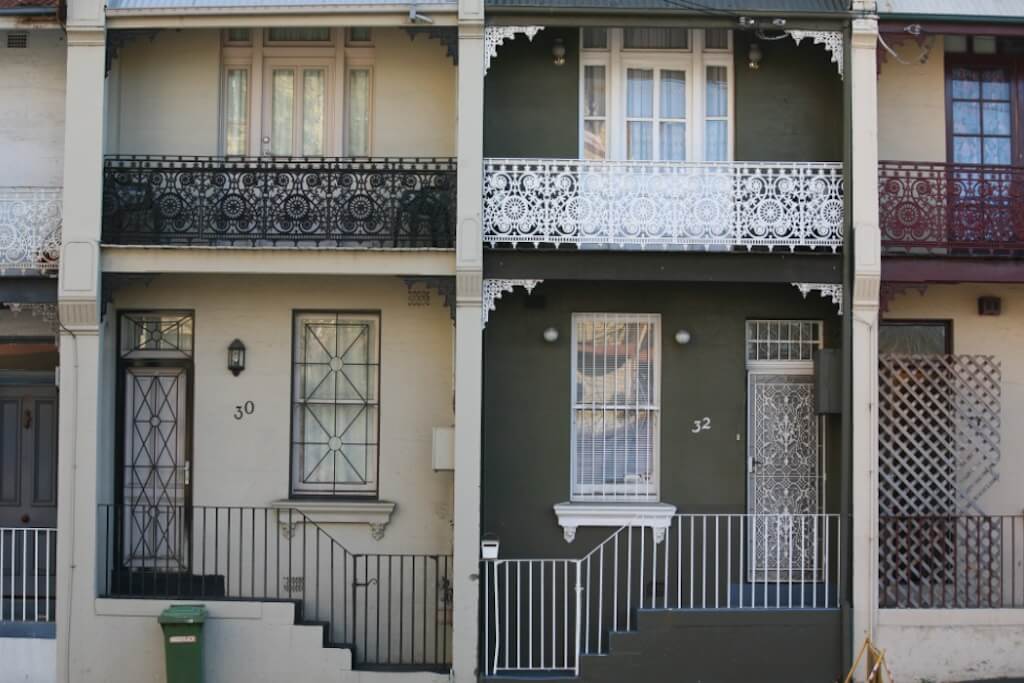The Government Is Axing The Rental Affordability Scheme With No Backup Plan To Protect Residents
Thousands of people will be forced to cough up more rent or find somewhere else to live.

Thousands of Australians will be forced to cough up more money for rent each week or find somewhere new to live by the end of this year as more than 2,000 properties leave the National Rental Affordability Scheme.
Introduced by the Rudd Government in 2008, at the height of the Global Financial Crisis, the federally funded National Rental Affordability Scheme (NRAS) was implemented to increase the number of affordable rental properties on the market. Under the scheme, eligible tenants can rent a property for at least 20 percent lower than market value. However, the program was eventually axed by the Abbott Government back in 2014 — and will officially wrap up by mid-2026.
A total of 32,930 properties will lose their NRAS funding over the next five years, with 2,184 leaving the program by the end of 2021. This means that tenants will either have to fork out an extra 20 percent per month on rent, or will be forced out of their property and need to compete with the thousands of other Australians fighting for the few affordable rentals on the market.
The program has been criticised for being too expensive — costing the Federal Government approximately $3.1 billion over the life of the scheme, despite only providing a relatively low number of homes.
But while it didn’t provide relief to a huge amount of people, it served as a lifeline for those actually on the scheme.
“It allowed me to rent my own apartment closer to work, rather than commuting an hour and a half from my outer suburb share house while working full time,” Gwyn, a Melbourne woman who benefited from the scheme during the pandemic told Junkee. “I was already working a full-time job, but still found myself priced out of a vast majority of one-bedroom or studio apartments.”
The scheme — which essentially offers a 20 percent discount on rent — serves as a way for people to be able to afford adequate housing, without having to sacrifice paying for food or bills.
“I can manage. I pay my bills fortnightly so I don’t get in arrears, and I manage with food and I have my car,” Marion Trench, a Queensland woman with a series of health issues that left her unable to work told The Guardian. “But if I have really to go into the private sector to get what I have here now — I try not to stress because I’ve still got a couple of years but I know what’s coming. I am panicking.”
As it currently stands, there is no plan to replace the incentive. This is despite the fact that we’re in the midst of a housing affordability crisis that has locked a vast majority of us out of the property market — with prices rising by as much as $1,200 per day in Sydney. So not only have young Australians given up any hope of actually purchasing a home of their own, it’s now getting even harder to rent one at a decent price.
Those who simply can’t afford to pay the extra 20 percent in rent every month will likely end up on public housing waitlists, which already have 155,100 households waiting so far, according to recent government data.

